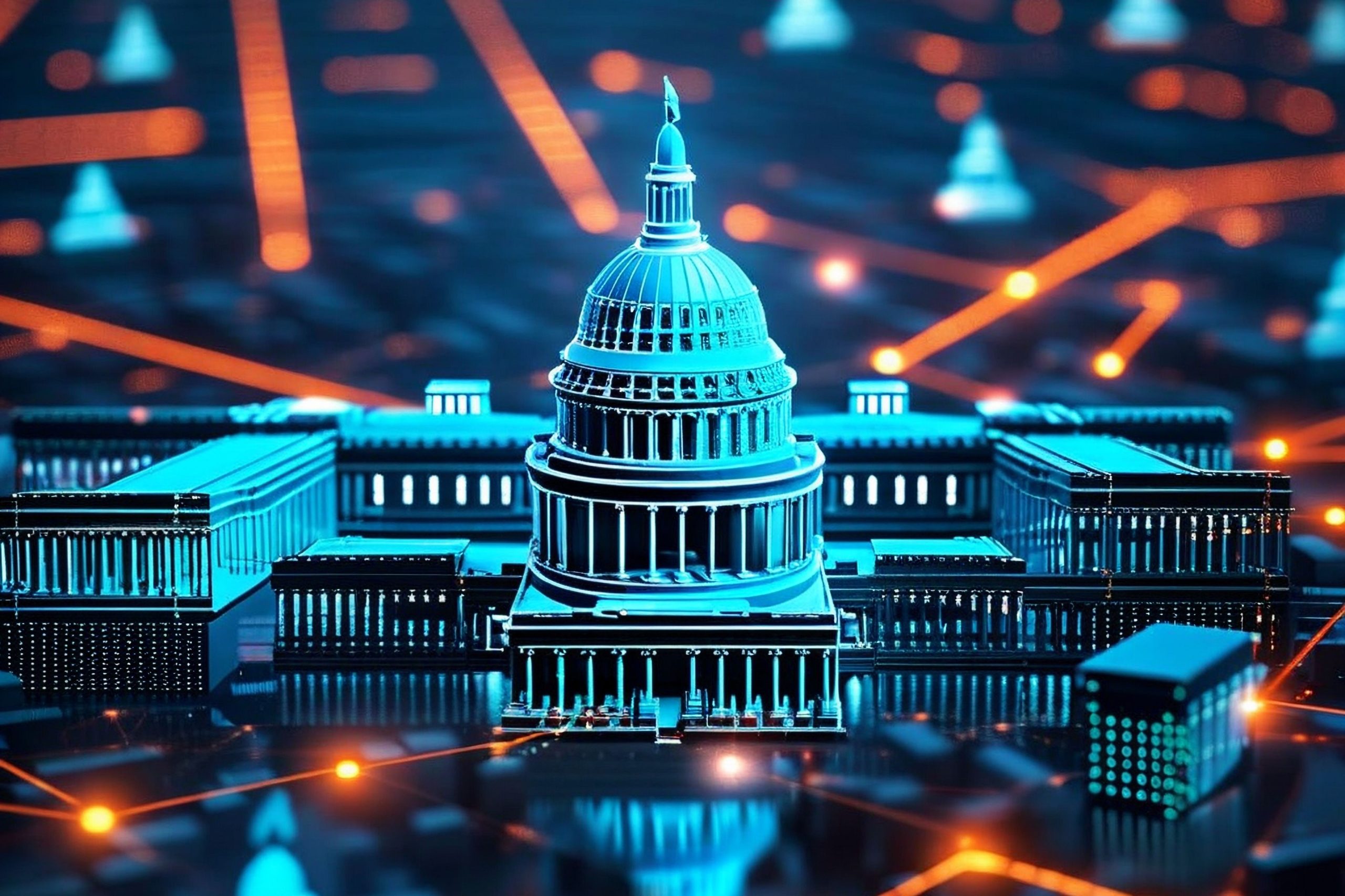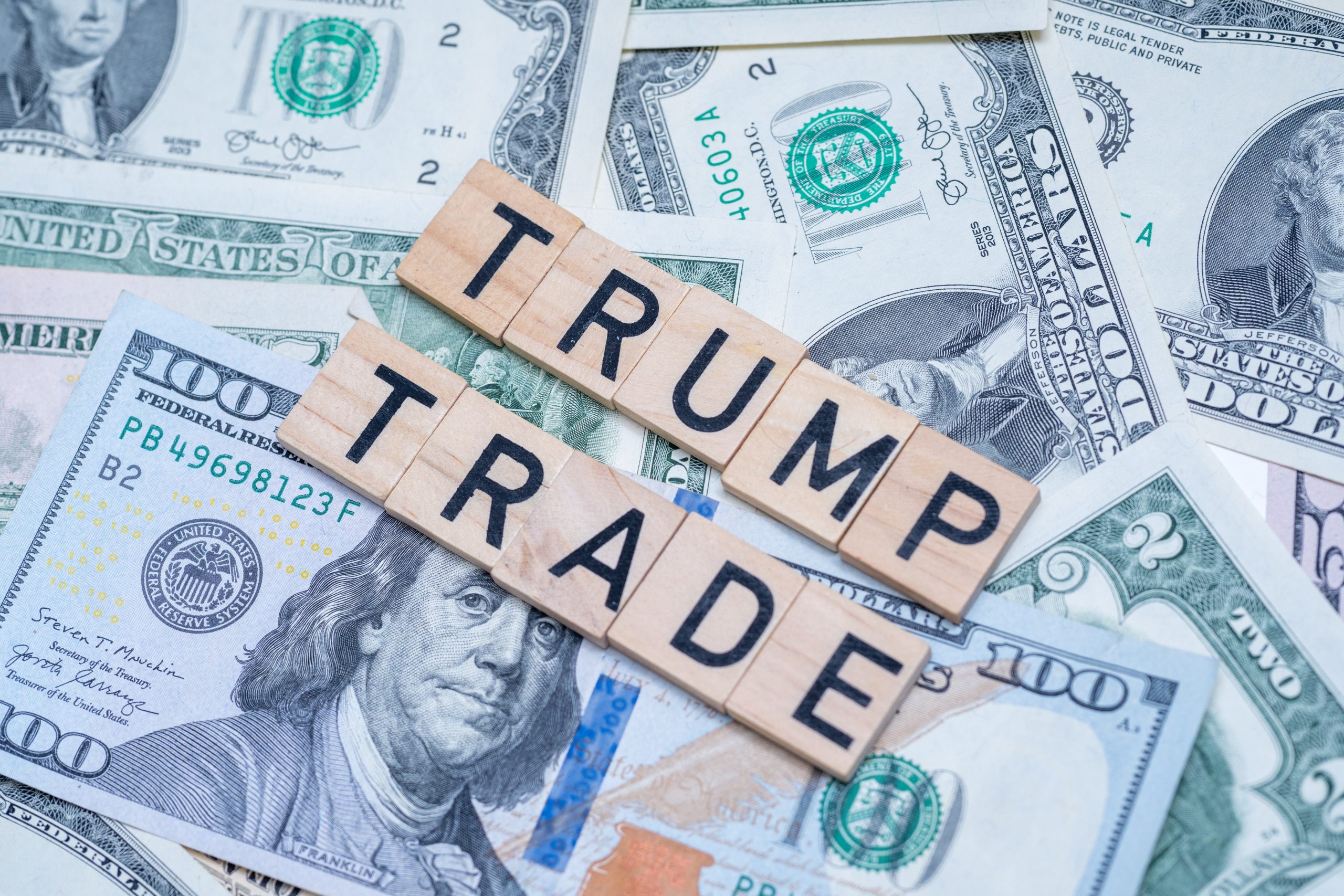Entering the last quarter of 2025, the rekindling of the China-US trade war dispelled the atmosphere of truce in the wake of four rounds of bilateral trade talks. The current focus of the global economy is on potential talks and possible agreement between the Chinese and US leaders at the Asia-Pacific Economic Cooperation (APEC) meeting, scheduled for the end of this month in Gyeongju, South Korea. Meanwhile, just days before the APEC meeting, Argentina’s mid-term legislative elections on 26 October are another noteworthy event on the other side of the globe.
Over the years, the Argentine economy has been mired in difficulties or even crises. Javier Milei, nicknamed “the Madman”, emerged as the unexpected victor in the presidential election in late 2023. Perhaps Argentinians had grown so weary of the previous string of failed economic policies that they were willing to give this libertarian a chance to implement the economic policies he champions. With his four-year term soon reaching its halfway point, the upcoming elections will see over half of the seats in the Chamber of Deputies and one-third in the Senate change hands. The results will not only clearly reflect public sentiment towards Milei but also affect the continuity of his policies over the next two years. In accordance with Argentina’s election rules, citizens aged between 18 and 70 are required to vote for political parties rather than individual candidates. Seats will be allocated based on each party’s share of the vote.
Apart from directly impacting national development, Argentina’s elections also have certain international implications. For one thing, regardless of the outcome, Argentina, as a testing ground for libertarian economic policies, can serve as a reference for other economies, especially developing countries. For another thing, both Argentina and Latin America are a wrestling ground of China and the US. Also nicknamed the “Donald Trump of Argentina” due to shared views on various issues, Milei, out of economic considerations, suspended national export taxes on soy and grain last month. This move has boosted Argentine farmers’ soy exports to China in both volume and income. On the contrary, their American counterparts have yet to receive any orders for soy from China so far this year.
In a nutshell, the crux of Argentina’s economic problems lies in the government’s excessive expenditure over the decades. Early fiscal deficits were financed by issuing currency, which led to inflation. This, in turn, prompted a series of currency reforms, such as changing monetary units―where one new peso was equivalent to 1,000 or 10,000 old pesos—in order to reduce the number of zeros on banknotes. Also, following a period of 3,000% inflation, the currency board system was introduced in 1991 to peg the peso to the US dollar, replacing its malfunctioning monetary policy with the American monetary policy. However, since government expenditure was not effectively reined in, it was impossible to finance fiscal deficits by printing more money. Issuing debt to fill the gap only left Argentina heavily debt-ridden. The country has since 1956 received 21 emergency bailouts from the International Monetary Fund (IMF), and since 1951, has experienced six sovereign defaults. This highlights the utmost severity and disorder underlying the situation. In addition, given its extensive constraints on government finances, the currency board system was abolished in 2002. The Argentine peso was re-floated under the control of the central bank, allowing the government to once again issue banknotes to fund its expenditures.
In the second half of 2023, the Argentine economy continued to grapple with the same long-standing problems, including a triple-digit inflation rate, an economic contraction lasting six consecutive quarters, a perennial fiscal deficit, severely depleted foreign reserves, and a peso under strong depreciation pressure. Milei’s presidential election platform encompassed a series of radical economic reforms. He advocated slashing government expenditures and manpower by shutting down some government departments; relaxing regulations to lessen bureaucratic control over businesses, and privatizing state-owned enterprises. Even more noteworthy were the proposals to abolish the central bank and adopt dollarization, i.e. replacing the Argentine peso with the US dollar as the country’s circulating currency. Yet once in power, elected politicians often face numerous constraints that hinder their ability to fulfil all their election promises. After becoming president, Milei did not implement dollarization due to insufficient national reserves in US dollars. Moreover, the proposed dollarization, which would limit Argentina’s economic autonomy, failed to gain support in National Congress. Likewise, subject to political and legislative resistance, the abolition of the central bank, the privatization of state-owned enterprises, tax reduction, and tax reforms have yet to be fully implemented.
At a political rally in the US in February 2025, Milei appeared alongside Tesla CEO Elon Musk, who brandished an electric chainsaw on stage to symbolize the shared commitment of Argentina and America to drastically cut government spending. Musk was at the time in charge of the Department of Government Efficiency (DOGE) established by Trump. While DOGE turned out to be a flash in the pan, soon off the news radar, Milei showed a firm hand within the first six months of his presidency by slashing public expenditure equivalent to 5.6% of GDP. The reduced expenditure led to a fiscal surplus in 2024, the first in the past 123 years, while the inflation rate declined from 290% in April 2024, a recent peak, to 33% in August 2025. That said, the cuts fell primarily on social welfare, subsidies, environmental protection, and involved massive layoffs in government departments, inevitably aggravating wealth inequality and social tensions.
Whether it is a nation, a business, or an individual, excessive spending is unsustainable. Although relying on loans may be manageable in the short term, sooner or later, unless new sources of income emerge, austerity becomes inevitable. For a national economy, government finances involve a high degree of redistribution and are therefore subject to all kinds of political considerations. One key issue is how to set priorities—specifically, where to start cutting expenses—since different political parties represent different values. The layoffs in government establishments proposed by Milei mentioned above targeted areas such as culture, environmental protection, gender diversity, and education. These choices clearly reflect his ultra-conservative orientation, which has invariably drawn the ire and resistance of left-leaning groups. Another political consideration is the tolerance of the public. Even if there is public consensus on the approach to austerity, the ability to endure hardship varies. Argentinians have no way of ascertaining whether the austerity policy will succeed; as voters, they can only hope the President’s policies will meet their expectations. Given that policy results take time to materialize, Milei risks losing public support before the overall economy is back on track.
Argentina’s 6% GDP growth in the first quarter of 2025 may be remarkable, but economic difficulties have since resurfaced, foremost among them the significant devaluation of the peso. As a matter of fact, the rationale for the above policies lies in a stable exchange rate through foreign-exchange controls. The peso’s devaluation is merely an expedient measure, which not only contradicts Milei’s libertarian philosophy but also fails to meet the conditions required for IMF relief. Beyond running a fiscal surplus, controlling inflation, and achieving GDP growth, Milei had sought to press his advantage by relaxing foreign exchange controls in mid-April, which caused the peso to depreciate by 12% overnight and shattered the market’s already fragile confidence in the Argentine economy. In the face of the resulting capital flight, the Argentine central bank was forced to sell its dwindling foreign exchange reserves to support the peso’s exchange rate. This echoed the Bank of England’s struggle against George Soros’ speculation on the pound in 1992. Milei finally turned to Trump for assistance and secured a US$20 billion lifeline in the form of a currency swap.
Nevertheless, the currency swap was nothing more than a temporary loan. Once the loan is exhausted and Argentina returns to its old ways, it will become bad debt. Hence, to aid his political ally overseas, Trump must face pressure from the political force of “Make America Great Again” (MAGA). Meanwhile, Argentina had previously signed a US$18 billion currency swap agreement with China. Such a swap with a foreign central bank marks a step towards the internationalization of the Chinese currency. Reportedly the US made Argentina’s abandonment of its arrangement with China a condition for receiving American aid, but this was denied by Milei. Interestingly, US treasury secretary Scott Bessent has pledged full support for Argentina’s defence of the peso’s exchange rate and the country’s financial stability. It seems he has forgotten that, in 1992, he sat on the opposite side of the betting table when he served as Soros’ right-hand man in successfully shorting the British pound. A century ago, Argentina’s GDP was slightly higher than that of the UK, which had just emerged from the First World War. Today, a hundred years later, Argentina’s GDP is less than one quarter of that of the UK. The Argentine economy has been trapped in its predicament for too long to turn the tide, giving rise to different interest groups and political forces that leave little room for economic reforms. This is a thorny issue which may require someone mad enough to make bold moves to resolve. As for how much more time the Argentinians are willing to give Milei, the answer will probably come with the elections at the end of the month.







